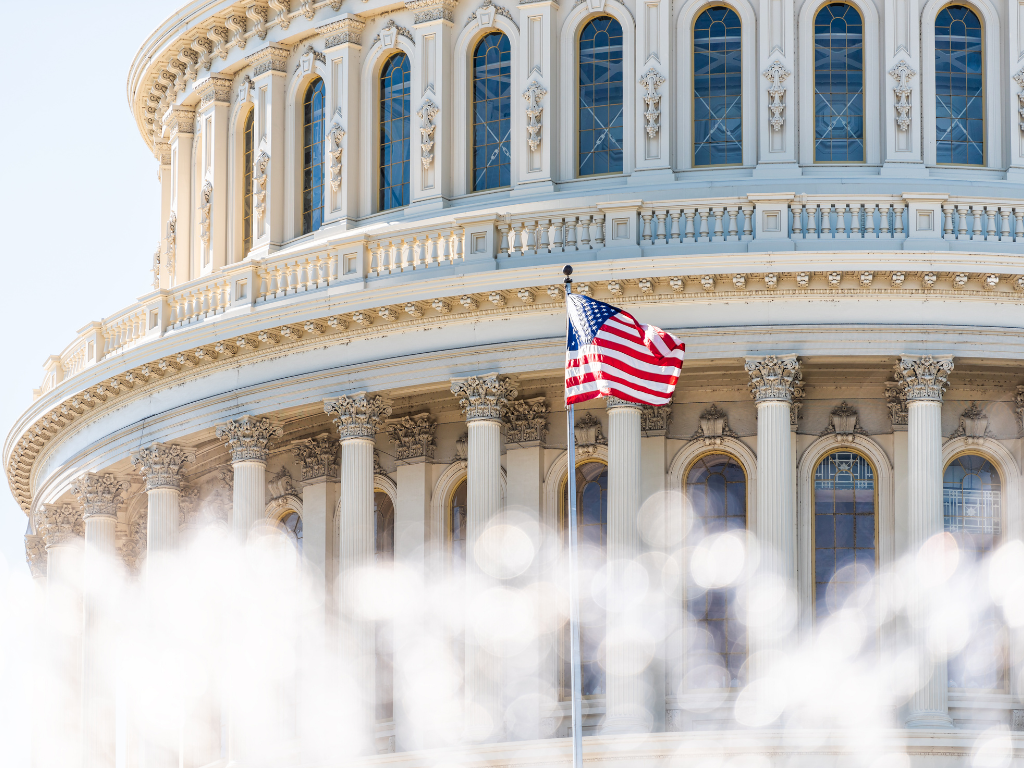On May 23, the Small Business Administration (SBA) issued an interim final rule for the Paycheck Protection Program (PPP) that included the loan forgiveness application guidance released May 15, as well as other updated guidance.
The rule, Paycheck Protection Program – Requirements – Loan Forgiveness, is the formal guidance that accompanies the forgiveness application and should be used by borrowers and their advisors, as well as lenders, to ensure accurate completion and review of the forgiveness application. Since the passage of the CARES Act on March 25 and the opening of PPP loan applications on April 3, questions, concerns and clarifications have abounded regarding loan forgiveness on all sides. The release of the interim final rule clarifies many questions, but guidance is still expected for borrowers and lenders.
Clarifications on borrower responsibility
Alternative payroll period – Until the application was released on May 15, the 8-week rule was strict for payroll. The interim rule now allows borrowers to establish the forgiveness period with the start of the first payroll period following loan disbursement, rather than the date of loan disbursement. This allows for greater flexibility for employers with less frequent pay periods and should make meeting forgiveness requirements for some businesses a little easier.
Eligible payroll costs – Payroll costs must make up a hefty 75% of the loan to qualify for forgiveness, but borrowers have questioned what qualifies because employee compensation can be paid in a multitude of ways. The rule clarified that eligible payroll costs include salary, wages, commission, bonuses, hazard pay, cash tips or equivalent, PTO/sick/family/medical leave, separation or dismissals, employee benefits related to group health care coverage and retirement, state and local taxes assessed on payroll, and independent contractor/sole proprietor wages/commissions/income paid by employers to contractors up to the pro-rated amount of a $100,000 annual salary.
Caps on eligible costs for self-employed/owner-employees – For these individuals, guidance on forgiveness was somewhat incomplete and unclear. The rule clarifies that forgiveness is capped at 8/52 of 2019 compensation up to $15,385 across all businesses and that retirement and health insurance contributions are not eligible for forgiveness for self-employed individuals (benefit contributions do qualify for owner-employees) which had been in question prior to guidance issuance.
Costs paid vs costs incurred – The 8-week-from-disbursement rule in the original PPP documentation created some unforeseen restrictions on claiming eligible non-payroll costs for businesses operating on a schedule that did not align with the 8 weeks. The May 15 guidance and the most recent interim rule clarified that non-payroll costs may be paid during the 8-week period or simply incurred as long as they are paid on or before the next billing date. These costs include interest payments on business mortgage on real or personal property, business rent on real or personal property under a lease, and business utility payments, including electricity, gas, water, transportation, telephone, or internet, all incurred, in force, or in service before Feb 15., 2020. The rule also clarified that advance payments on interest are not eligible for forgiveness.
Clarification on calculating FTE employees
The interim rule included much-needed clarification on calculating FTE employees considering the many possible changes and circumstances as a result of the crisis, which was a looming question for borrowers, including when and how safe harbors apply.
First, it is important to note that the FTE calculation for PPP forgiveness differs from previous legislation in that 40 hours is considered FTE status rather than 32 hours, like for the Affordable Care Act. FTEs are calculated by average number of hours paid per week per employee / 40, rounded to nearest tenth. FTEs can be calculated using the formula available on the forgiveness application or contact us for assistance.
Wage reductions must be analyzed on a per employee annualized basis – Employers may reduce wages and still qualify for forgiveness as long as they follow certain restrictions. Salary or hourly calculations should be done on an average annualized basis compared to period of Jan. 1, 2020, to March 31, 2020. If the average for the 8-week period is 25% less than first quarter of 2020, loan forgiveness will be reduced, unless the reduction is restored at equal to or greater levels by June 30, 2020, then forgiveness will not be reduced.
Rehiring employees – Similar to the above, borrowers who rehire employees and/or reverse reductions to salary and wages by June 30 are still eligible for forgiveness. The guidance also clarified that, for hours and wage reductions on the same employee, loan forgiveness will not be reduced.
Employees who reject return – What happens if employees refuse to return to work for reasons such as personal or familial high-risk health concerns or other reasons? The guidance states that employers will not be beholden to employees who reject returning to work in their total FTE count. Key here is that borrowers will be required to demonstrate they made a good faith effort to rehire the employee with a written offer and must receive a written rejection. Employers must also notify the state unemployment office within 30 days following an employee’s rejection to return to work.
Cause or voluntary employee changes – Concessions have also been granted for employers whose reduction in FTE account was out of their control. The rule clarifies that borrowers who fired employees for cause, employees who voluntarily resigned, or voluntarily requested and received reduction in hours will not be counted against forgiveness. All these procedures should be documented in writing.
Clarification on loan forgiveness procedures
When working with lenders and the SBA, borrowers should be aware of additional guidance and clarification on the procedures for loan forgiveness. Most notably, all forgiveness applications must be submitted to the lender, not the SBA or other entity, and your lender will notify you of your forgiveness amount. Other points to note include:
Understanding non-forgiveness – Borrowers concerned about unforgiveable expenses received clarification that they will have 2 years at 1% interest to repay portions of the loans not forgiven by the maturity date. These terms are more generous that most SBA loans.
Factoring in EIDL – Some borrowers also qualified for, applied, and received Economic Injury Disaster Loan (EIDL) grants from the SBA. How this impacts PPP forgiveness has been a hot topic among borrowers and their advisors, but the guidance has clarified that EIDL grants will be factored into forgiveness calculations. If you want to avoid EIDL grants impacting your PPP forgiveness, they may be paid back prior to forgiveness, if applicable to your circumstances.
SBA may review any loan – While earlier guidance indicated that loans under $2 million will not be audited for economic need, the rule clarified that the SBA still has the right to review any loan, regardless of size, to ensure it meets eligibility requirements and is calculated correctly and funds are used properly. A separate ruling is expected on these procedures. Proper documentation will be essential here. Contact us for assistance.
Borrowers may appeal – Even if you feel you have all your ducks in a row, the SBA may still think differently. Fortunately, the interim rule allows borrowers 30 days to appeal SBA determinations. More guidance is expected on this.
Lenders have a deadline – The interim rule also issued clear guidance and deadlines for lenders and the SBA to handle the forgiveness applications. Lenders have 60 days to decide on loan forgiveness from receipt of application (and to notify the borrower of forgiveness amount), followed by 90 days for the SBA to review the application. Borrowers may be asked questions by the lenders and the SBA during these reviews, so they should be prepared with accurate documentation.
The first PPP loans were disbursed on April 3, so early borrowers are closing in the final weeks of the 8-week period. More guidance is expected in the coming days and weeks. Contact us for assistance with your loan forgiveness application. We have developed a spreadsheet to help support the calculations and we look forward to helping you complete your forgiveness application. Contact us for assistance.
419-625-4942
Sandusky
419-668-2552
Norwalk
Treasury Circular 230 Disclosure
Unless expressly stated otherwise, any federal tax advice contained in this communication is not intended or written to be used, and cannot be used or relied upon, for the purpose of avoiding penalties under the Internal Revenue Code, or for promoting, marketing, or recommending any transaction or matter addressed herein.
 Home
Home Sign In
Sign In Make a Payment
Make a Payment Search
Search











